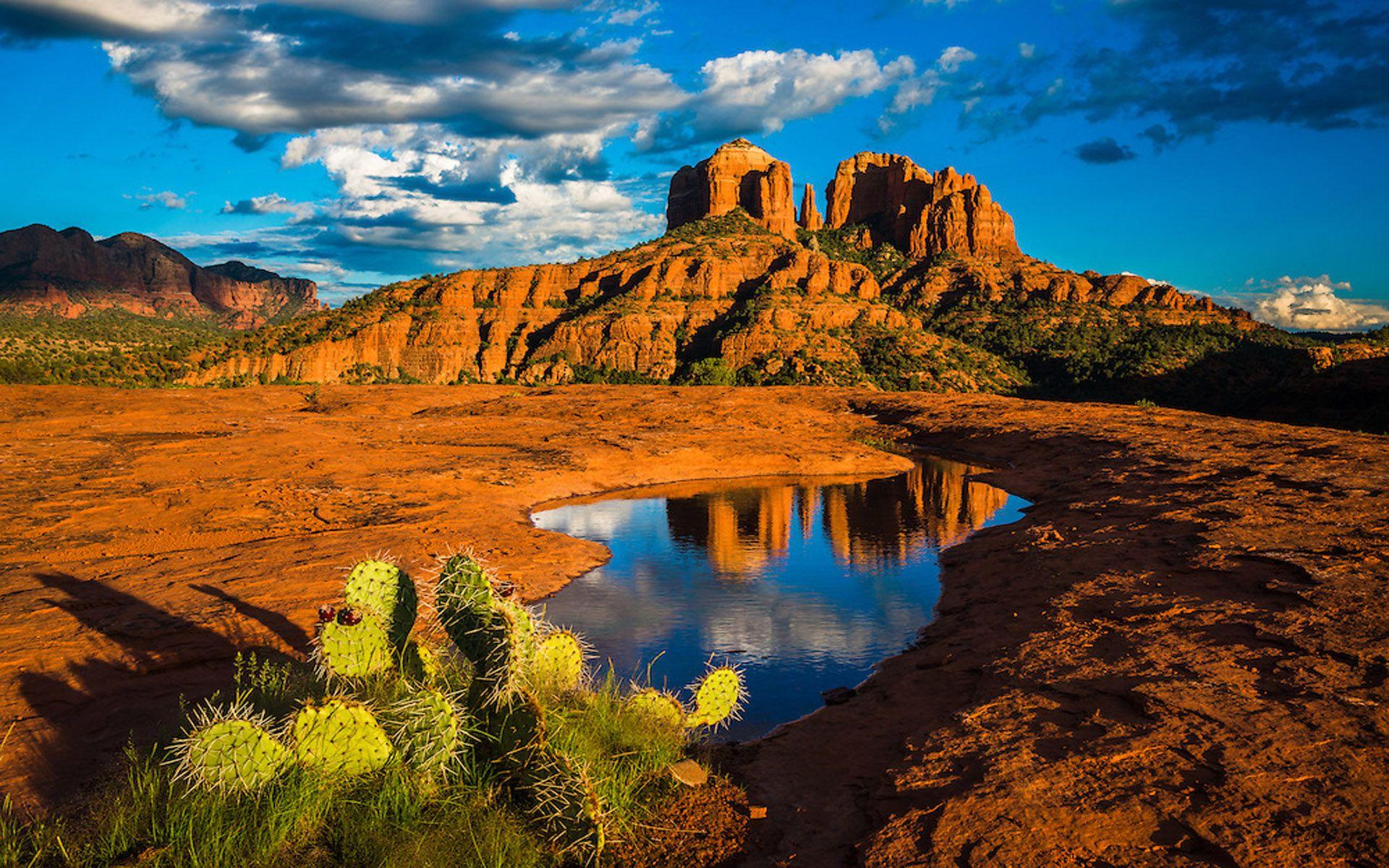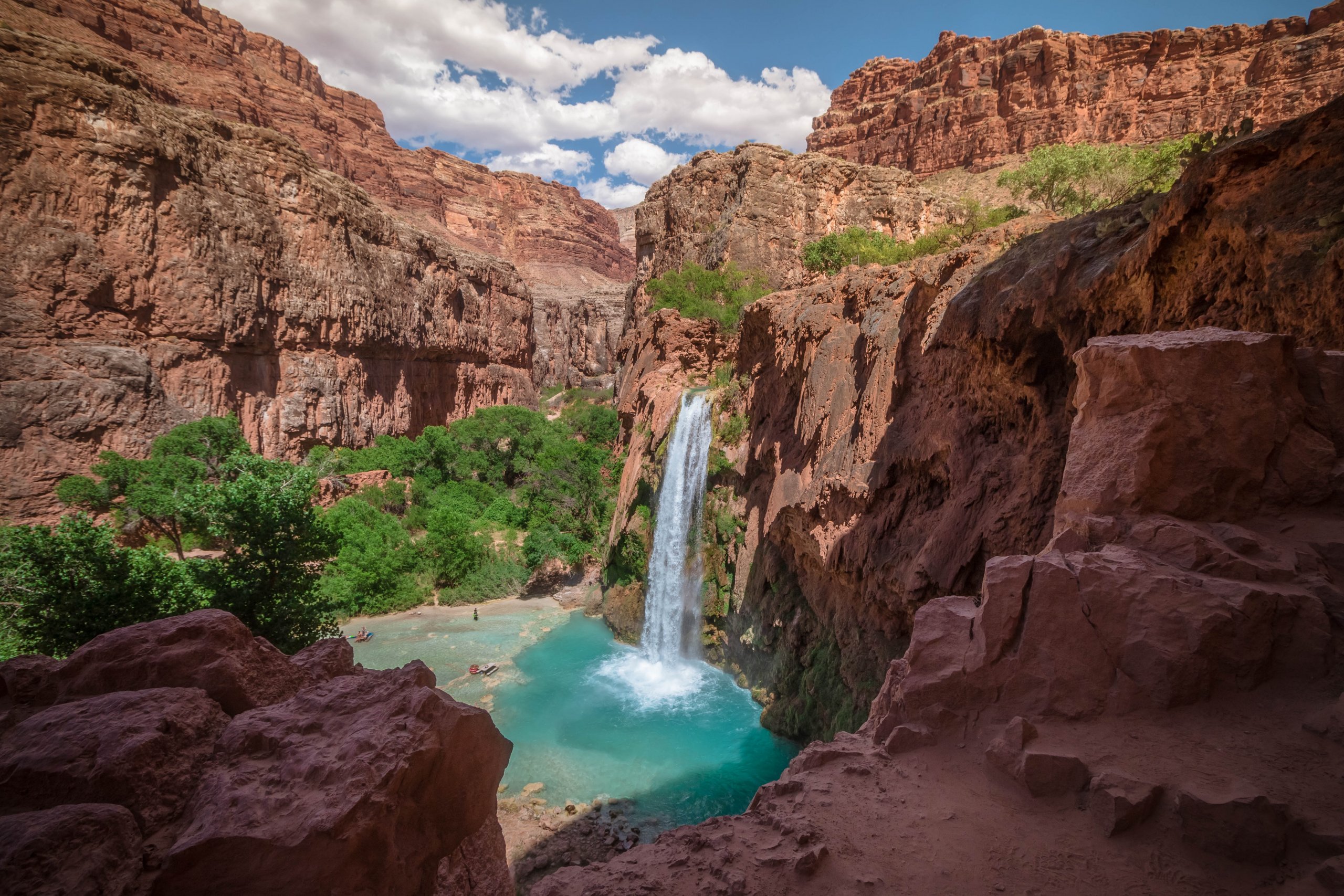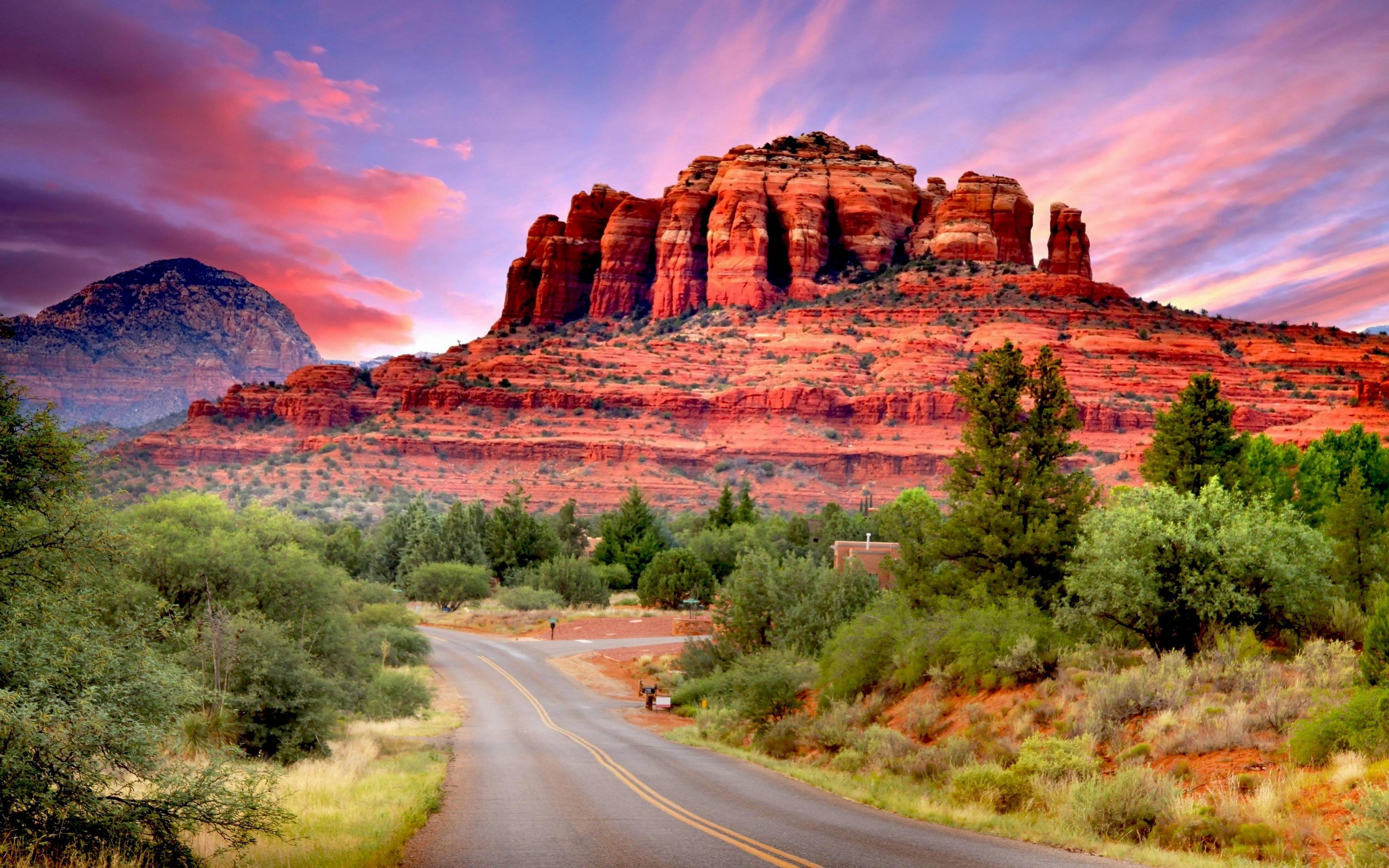Arizona Boy Drowning: Essential Water Safety Tips For Families
Arizona, with its wide-open spaces and truly stunning natural beauty, often calls to mind images of adventure. You might think of exploring majestic canyons, enjoying outdoor fun, or perhaps discovering inspiring arts and culture. From the quiet majesty of Sedona’s red rocks to the lively energy of Phoenix, this state draws you in, offering cherished landscapes and fun destinations in every area. It is a place where your Arizona adventure starts, where you can plan the perfect vacation with the official travel guide, finding things to do from cactus blooms in spring to winter adventures in diverse landscapes. Really, there is so much to see and do, making it hard to decide what to experience, but it's also a spot for creating wonderful memories, you know?
Yet, amidst this amazing allure of Arizona's natural wonders and urban delights, there's a very serious side to enjoying its waters. We often hear about the joy of swimming or splashing around, but sometimes, tragically, we also hear about an `arizona boy drowning`. This kind of news really reminds us that even in the most beautiful settings, water can present significant dangers, especially for our youngest and most vulnerable.
This article aims to shed light on the vital importance of water safety here in Arizona. We'll explore why vigilance is always necessary, discuss key prevention strategies, and offer practical advice to help keep everyone safe around water, making sure those fun moments stay happy memories. You will find just what you need to build a safer itinerary for your family, which is pretty important, as a matter of fact.
Table of Contents
- Understanding the Risks of Water in Arizona
- Common Causes of Drowning Incidents
- Layers of Protection: Preventing Arizona Boy Drowning Tragedies
- The Impact on Families and Communities
- Community Efforts and Resources for Safety
- Making Every Arizona Water Experience Safe
- Frequently Asked Questions About Water Safety
Understanding the Risks of Water in Arizona
Arizona, a state famous for its desert climate, might seem like an unlikely place for water-related dangers, but that's actually not the case at all. The truth is, water is everywhere here, from backyard swimming pools that are very common, to irrigation canals, lakes, and rivers. These water sources, while providing recreation and essential resources, also carry inherent risks, especially for children. So, understanding these particular risks is really the first step in prevention.
The warm weather in Arizona, which lasts for much of the year, naturally encourages people to seek out water for cooling down and having fun. This means pools are used more often, and for longer periods, than in many other parts of the country. This extended exposure, in a way, increases the chance of accidents if proper safety measures aren't consistently followed. You know, it's just a little bit different here.
Beyond pools, Arizona has an extensive network of canals. These canals, designed to bring water to various communities, can be incredibly dangerous. Their steep, slippery sides and strong, often silent currents make them extremely hazardous, even for adults who are good swimmers. There are very real dangers associated with these waterways, as a matter of fact.
Lakes and rivers, while offering beautiful settings for activities like boating and fishing, also present their own set of challenges. Depths can change suddenly, currents can be unpredictable, and cold water can cause shock, even on a warm day. Knowing these specific local risks is vital for anyone spending time near water in Arizona, honestly.
Common Causes of Drowning Incidents
When we look at the sad incidents of an `arizona boy drowning`, certain patterns often appear. The most frequent cause is, sadly, a lack of constant, attentive supervision. Children, especially very young ones, can slip away quickly and quietly. A few seconds of distraction is sometimes all it takes for a tragedy to unfold. It's almost unbelievable how fast it can happen, you know?
Another major factor is the absence or failure of proper barriers around water sources. For pools, this means secure fencing with self-latching gates. Without these physical barriers, children can gain unsupervised access to water, which is obviously a huge problem. This is a very basic safety measure that is often overlooked or not maintained, sadly.
Lack of swimming skills also plays a significant role. While swim lessons aren't a guarantee against drowning, they do provide children with essential water competency skills that can make a huge difference in an emergency. Not knowing how to float or get to safety can turn a minor slip into a serious situation, in some respects.
Sometimes, too, other factors contribute, like alcohol use by adults supervising children, or the presence of toys in or near the water that might attract a child's attention. These seemingly small details can, unfortunately, create a hazardous environment. It's about being aware of all the elements that could lead to trouble, you see.
Layers of Protection: Preventing Arizona Boy Drowning Tragedies
Preventing an `arizona boy drowning` incident involves using multiple layers of protection. No single safety measure is foolproof on its own, so combining several strategies creates the safest possible environment. Think of it like building a strong defense, where each layer supports the others. This approach is absolutely essential, you know.
Constant, Attentive Supervision
This is, arguably, the most important layer. Children, especially those under five, need undivided attention when they are near water. This means putting away phones, avoiding distractions, and actively watching them. A designated "water watcher" who isn't distracted by anything else should always be appointed, even at gatherings where many adults are present. This person's sole job is to watch the children in or near the water. It's a very serious responsibility, and it needs to be taken seriously, honestly.
Supervision means being within arm's reach for toddlers and non-swimmers. For older children who can swim, it still means being actively engaged and able to respond immediately. Drowning is often silent; there's no splashing or yelling for help, which is why constant visual contact is so important. This is a crucial point that many people just don't realize, basically.
Even if a pool has a lifeguard, parent supervision is still necessary. Lifeguards have many people to watch, and their primary role is to respond to emergencies, not to provide individual child supervision. Your child is your responsibility, and that's just the way it is, you know?
Effective Barriers and Fencing
For home pools, a four-sided fence that completely isolates the pool from the house and yard is vital. This fence should be at least four feet high, with self-closing and self-latching gates that open outward. The latch should be high enough so that a child cannot reach it. This physical barrier is your first line of defense against unsupervised access, and it's something you really need to get right.
Beyond fences, consider using pool alarms that sound when someone enters the water, or safety covers that can support the weight of a child. These additional barriers provide extra layers of protection. Remember, a fence is only effective if it's always closed and maintained. Regularly check for any damage or openings that a child could slip through. It's a bit like having a lock on your front door; it only works if you use it, you know?
For other water sources, like canals or natural bodies of water, teach children to stay away unless accompanied by an adult. Explain the dangers of currents and slippery banks. This education is, in a way, a mental barrier you build for them, which is pretty helpful.
Swim Lessons and Water Competency
While not a substitute for supervision, swim lessons provide children with life-saving skills. Children as young as one year old can benefit from water survival skills training. Learning to float, tread water, and get to the side of a pool can buy precious time in an accidental fall. It's a skill that can literally save a life, so it's very important.
Make sure lessons are age-appropriate and taught by certified instructors. The goal is to build water confidence and competence, not just to play in the water. Remember that even strong swimmers can get into trouble, so these skills are part of a larger safety plan. It's not a license to be reckless, obviously.
Adults, too, should know how to swim. If you're going to be supervising children around water, being a competent swimmer yourself means you're better equipped to help in an emergency. It's about being prepared, as a matter of fact.
Emergency Preparedness and CPR
Knowing how to respond in an emergency is a critical safety layer. Every adult who supervises children around water should be trained in CPR (Cardiopulmonary Resuscitation) and basic first aid. Time is of the essence in drowning incidents, and immediate CPR can significantly improve outcomes. Literally, every second counts, you know?
Keep a phone readily accessible near the pool or water area, along with emergency contact numbers. Consider having rescue equipment, like a shepherd's hook or a life preserver, within easy reach. These tools can help you reach someone in distress without having to enter the water yourself, which can sometimes be dangerous. It's just smart to be ready for anything, basically.
Familiarize yourself with local emergency services and how to contact them quickly. Knowing the exact address of your location is important for emergency responders. This kind of preparation can really make a difference, you know?
Designated Water Watcher Program
This is a specific and highly effective strategy. When multiple adults are present, designate one adult as the "Water Watcher." This person wears a special tag or lanyard and is solely responsible for watching the water for a set period, say 15-20 minutes. They should not be distracted by conversations, phones, or other activities. When their time is up, they pass the tag to another adult who then takes over the responsibility. This ensures that someone is always actively supervising, which is very important.
This system helps prevent lapses in supervision, which are common when everyone assumes someone else is watching. It makes the responsibility clear and accountable. This program is simple, yet incredibly powerful in preventing tragedies. It's a rather straightforward way to stay safe, honestly.
The Impact on Families and Communities
The loss of a child to drowning, like an `arizona boy drowning` incident, creates an unimaginable void for families. The emotional pain is profound and long-lasting, affecting parents, siblings, and extended family members deeply. It's a wound that, quite frankly, never truly heals. The ripple effect of such a tragedy spreads far beyond the immediate family, too.
Communities also feel the impact. Schools, neighborhoods, and local organizations often rally to support grieving families, but the collective sorrow and the stark reminder of vulnerability are felt by everyone. These incidents serve as very painful wake-up calls, prompting renewed discussions about safety and prevention. It really makes you think, you know?
The psychological toll on first responders and healthcare professionals who witness or respond to these events is also significant. They carry the weight of these experiences, too. It underscores how critical prevention truly is, not just for the immediate family, but for the entire fabric of society. This is a burden no one should have to bear, basically.
Community Efforts and Resources for Safety
Across Arizona, many organizations and community groups are working tirelessly to promote water safety and prevent `arizona boy drowning` incidents. These efforts include public awareness campaigns, free or low-cost swim lessons, and distribution of safety materials. They are pretty much dedicated to making water safer for everyone, which is great, you know?
Local fire departments often offer safety presentations and sometimes even pool safety checks. Hospitals and public health departments frequently provide resources and statistics to highlight the importance of vigilance. These groups play a very important role in educating the public and fostering a culture of safety. It's a collaborative effort, as a matter of fact.
Organizations like the Drowning Prevention Coalition of Arizona are at the forefront, advocating for stronger safety regulations and providing valuable resources for families. They work to ensure that information on effective barriers, supervision, and swim lessons is widely available. Learning more about water safety initiatives on our site can help you connect with these vital community resources. You can also link to this page for more water safety resources, which is very helpful.
These community efforts are crucial because they reach a wide audience and reinforce safety messages through various channels. By supporting these initiatives, we all contribute to a safer environment for children around water. It's a collective responsibility, really, to protect our youngest community members.
Making Every Arizona Water Experience Safe
Arizona offers incredible opportunities for outdoor fun and water activities, from its beautiful lakes to its inviting pools. As we've discussed, the key to enjoying these experiences safely, and preventing an `arizona boy drowning` tragedy, lies in consistent vigilance and a commitment to proven safety strategies. It's about being proactive, not reactive, which is pretty important.
Every time you're near water with children, remember the layers of protection: constant supervision, effective barriers, swim lessons, and emergency preparedness. These steps, when followed diligently, significantly reduce the risk of accidents. It's not just about summer, either; water safety is a year-round concern in Arizona's warm climate, you know?
Let's all commit to making water safety a top priority. Share this information with your friends, family, and neighbors. Encourage everyone to get CPR certified and to enroll their children in swim lessons. By working together, we can ensure that Arizona's waters remain a source of joy and recreation, not sorrow. It's a very simple goal, but it takes everyone doing their part, honestly.
For more comprehensive guidance on water safety, you can always consult reputable sources like the Centers for Disease Control and Prevention (CDC) drowning prevention guidelines. They offer extensive resources that are really helpful for any family. Staying informed is a powerful tool in prevention, you see.
Frequently Asked Questions About Water Safety
How quickly can a child drown?
A child can drown incredibly fast and often silently, sometimes in as little as 20 to 60 seconds. There's usually no splashing or yelling for help, which is why constant, direct supervision is so vital. It happens much faster than most people realize, honestly.
Are pool alarms effective for preventing drowning?
Pool alarms can be a helpful additional layer of protection, but they are not a substitute for active supervision or proper fencing. They can alert you if someone enters the water, but they are just one tool in a comprehensive safety plan, you know?
What should I do first if I find a child in the water unresponsive?
If you find a child unresponsive in the water, immediately remove them from the water, call 911 (or your local emergency number), and begin CPR if you are trained. Time is absolutely critical in these situations, so acting fast is very important, as a matter of fact.

Arizona Landscape Desktop Wallpapers - Top Free Arizona Landscape

7 Most Beautiful Places to See in Arizona

Arizona Wallpapers - Wallpaper Cave